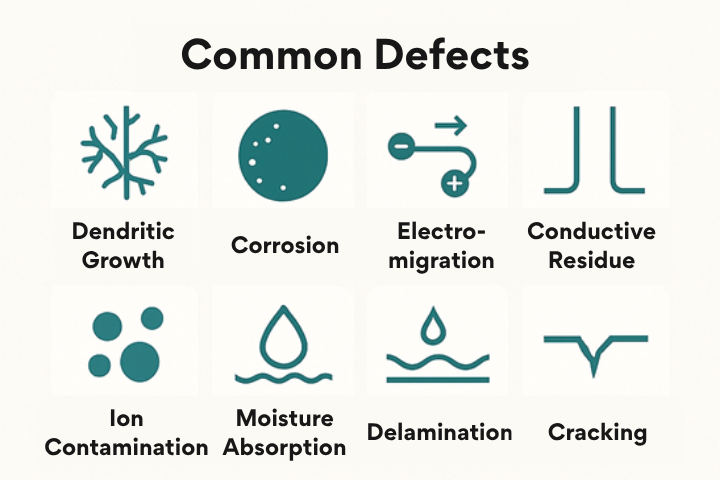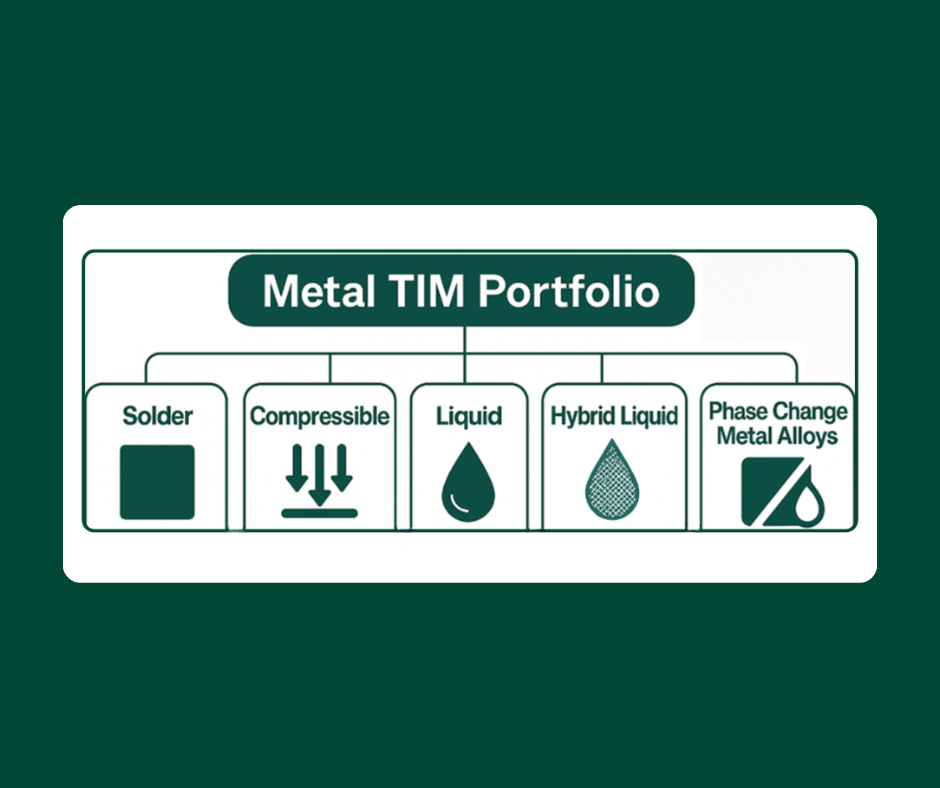I recently wrote a blog about this fascinating new low temperature solder technology – Durafuse® LT, but I have to admit that no matter how interesting a new technology might be, it is important that we pay attention first and foremost to the new capabilities a technology or product brings to the table.
For Durafuse® LT, the most important feature is that this alloy system can meet (andeven beat!) the drop shock reliability of SAC305 even though it reflows at a much lower temperature (between 200-210˚C). This is over TWO ORDERS OF MAGNITUDE better than the drop shock of a BiSnAg alloy. (It is important to note that bismuth alloys can still be incredibly useful– check with our tech support to make sure you have the right alloy for your application.)
That's right, Durafuse®LT and SAC are so much better than BiSnAg at drop shock that our team had to modify the test.The drop shock test is designed to find out what happens to the alloy when it suffers a sudden, large impact. One of the tests for Bi-based alloysis dropping a 44g ball from a height of 500mm and letting it crash into a 10×10 grid BGA. The 44g ball – that's lighter than a tennis ball!
 VS
VS
Durafuse® LT simply won't fail in that test! So instead, for bothDurafuse® LT and SAC305 we used a 100g ball (around the average weight of an apple). As far as I have seen, BiSnAg alloys fail on the very first drop during the 100g test, while SAC305 and Durafuse® LT last for hundreds of drops.
Fun fact: I've had to replace the screen cover on my phone 3 times in the last year – and thankfully, it's still working!I'm glad drop-shock is one of the tests done on electronics or I could be in trouble…



